In this nursing care plan guide for congenital hip dysplasia nursing diagnosis, we’ll discuss the interventions, and management for this condition. Learn about interventions like orthopedic devices, physical therapy, and patient education that can improve hip development and manage symptoms such as pain and mobility issues.
What is Congenital Hip Dysplasia?
Congenital hip dysplasia (also known as developmental hip dysplasia) is related to abnormal hip development that may arise during fetal life. The abnormalities include hip instability, shallow acetabulum (preluxation), incomplete dislocation of the hip (subluxation), and femoral head not in contact with the acetabulum (dislocation). Involvement of the hip is unilateral but may appear on both. It predominantly occurs in females than in males. It is usually recognized during newborn and responds to treatment best if started before two (2) months of age.
Hip dysplasia treatment is dependent on the age of the child and the severity of the condition and ranges from the application of a reduction device to traction and casting, to surgical open reduction. Casting and splinting with correction are usually unfeasible after six (6) years of age.
Nursing Care Plans and Management
Nursing care planning goals for a child with congenital hip dysplasia include improving physical mobility, providing appropriate family and social support, providing patient and family education on self-care and safety, and avoiding complications (e.g., compartment syndrome and hip dislocation).
Nursing Problem Priorities
The following are the nursing priorities for patients with congenital hip dysplasia:
- Promote optimal hip development and stability
- Ensure proper management of orthotic devices
- Support appropriate developmental milestones
- Provide psychosocial support
- Educate and support patients and families
- Collaborate with the healthcare team
Nursing Assessment
Assess for the following subjective and objective data:
- Discomfort or pain in the hip region
- Limited range of motion
- Abnormal gait (limp or waddling gait)
- One leg may appear shorter than the other
- Hip instability
- Uneven folds on their legs and buttocks upon leg extension
- Positive Ortolani and Barlow tests
- Clicking or clunking sound upon manipulation of the hip joint
Assess for factors related to the cause of congenital hip dysplasia:
- Imposed movement restriction by the splint, harness, cast, or traction
- Inability to purposefully move within the physical environment including bed mobility; ambulation
- Untreated or incorrect treatment for the dislocation
Nursing Diagnosis
Nursing diagnoses provide a standardized method for recognizing, prioritizing, and addressing specific client needs and responses related to congenital hip dysplasia, including both actual and high-risk problems. They encompass the identification of current or potential health issues that can be effectively prevented or resolved through independent nursing interventions. Formulating nursing diagnoses becomes essential after conducting a thorough assessment to effectively address the patient’s current and potential health concerns related to congenital hip dysplasia. These diagnoses serve as a framework for developing and implementing personalized nursing interventions, aiming to optimize patient care.
Nursing Goals
Goals and expected outcomes may include:
- The child will move self in bed with a traction bar; walk the length of the hallway and back twice a day.
- The child will maintain his or her traction; the Pavlik harness is applied properly; the skin is free of irritation in the spica cast.
- The child will maintain passage of soft, formed stool every 1 to 3 days without straining.
- The parent will stay with the infant and renders social interaction.
- The infant will respond positively to parental interaction.
- The child will be included in family activities.
Nursing Interventions and Actions
Therapeutic interventions and nursing actions for patients with congenital hip dysplasia may include:
1. Enhancing Physical Mobility
Children with congenital hip dysplasia may have a hip joint that is improperly formed or positioned, leading to decreased range of motion and instability. This can cause impaired physical mobility, making it difficult for a child to crawl, walk, and engage in other age-appropriate activities.
1. Assess muscle mass, strength, tone; ability to move, and activity level in performing ADL.
Provides data about the condition and function of the musculoskeletal system.
2. Assess the sensory and motor function of extremities; the presence of surgical correction of musculoskeletal abnormalities.
Provides data about conditions or treatments that affect mobility.
3. Assess activity restrictions, bed rest status, and imposed immobility by braces, casts, traction, and splints.
Keep rest during acute stages to promote healing and restoration of health.
4. Allow all age-appropriate activities that promote mobility, and encourage the infant to crawl.
Facilitates mobility based on the constraints of illness and provides an opportunity to vent frustration due to imposed immobility.
5. Discourage activity restrictions unless ordered; allow and assist if possible in performing daily activities; administer pain medication prior to the activity.
Supports mobility and activity compatible with health and life; allows for independence and control for normal development.
6. Provide and apply harness and splint; use of aids including wheelchair, crutches, supportive reading, eating, and other aids for ADL as needed.
Promotes autonomy and support in mobility and activities.
7. Keep body alignment during bed rest, do position changes every two (2) hours or as needed; provide a drawing for the child to follow for the position and area to lie in bed.
Avoids contractures and physical deformity.
8. Encourage and assist the child in muscle-strengthening exercises and passive stretching exercises as appropriate.
Conserves muscle strength or prepares for the use of mobility aids.
9. Facilitates rest with periods of mobility.
Avoids fatigue and maintains energy.
10. Teach parents and the child about complications brought about by immobility.
Promotes compliance with the program to maintain mobility and understanding of the effects of immobility.
11. Teach parents and the child to utilize devices or aids for mobility and ADL.
Helps the safe use of aids and equipment and increased protection.
2. Preventing Trauma and Injury Risk
Children with congenital hip dysplasia who do not receive proper treatment for their condition, or whose treatment is incorrect, may be at risk for hip dislocation or other hip injuries. This can lead to long-term complications and impaired physical mobility, which can have a significant impact on their overall quality of life.
1. Assess infants up to 2 months of age for frank breech birth, cesarean birth, hip
joint laxity or dislocation (Ortolani or Barlow test), degree of dysplasia or dislocation, shortened limb on the affected side (telescoping), broadened perineum, asymmetry of the thigh and gluteal folds with an increased number of folds, and flattened buttocks.
Provides information about the presence and degree of dysplasia; may be preluxation, subluxation, or dislocation (luxation) and involve a laxity of the capsule or an abnormal acetabulum; identification of the presence of the deformity at this age results in the highest success rate in complete correction.
2. Assess the child’s shortened leg affected by telescoping; palpation of the femur when the thigh is extended and pushed toward the head and pulled in the distal direction; delayed walking and a limp that causes lurching toward the affected side; the downward tilt of pelvis toward unaffected side if weight-bearing on the affected side when standing (Trendelenburg sign); lordosis and waddling gait if both hips affected.
Provides information about the presence of deformity in one or both hips in the older infant or toddler and preschool age group; usually identified when the child begins to walk or stand, and limb is shortened and adductor and flexor muscle contracture has occurred; requires closed reduction (traction and cast) or open reduction (surgery, cast splint) to correct.
3. Maintain skin traction in the presence of abduction contracture in the infant up to 6 months of age and spica cast if applied following the traction; maintain skin traction for gradual reduction of the hip adductor and flexor muscles with a spica cast application for immobilization in
child 6 to 10 months of age.
Promotes hip abduction until stable; applies with a spica cast if unable to maintain stable reduction of the hip for 3 to 6 months; removal of the spica cast is followed by an abduction brace for protection.
4. Apply the Pavlik harness splinting device to infants up to 6 months of age to be worn
continuously for 3 to 6 months to ensure hip stability; apply double or triple diapers or a Frejka pillow if this is treatment ordered.
Maintains abducted, reduced position for maintaining the femur in the acetabulum; other options to correct unstable hip may be applied to stretch legs and keep abducted position depending on the extent of the deformity.
5. Provide instruction on spica cast care including support of cast when moving, removing crumbs and small articles that may get into the cast, petal cast edges, avoiding the insertion of anything into cast to scratch, cleaning cast when needed, allowing to dry completely, protect cast from soiling and dampness from elimination or bathing; neurologic and circulatory assessment every 2 hours for color, warmth, sensation, peripheral pulse, capillary refill; nausea and vomiting resulting from cast syndrome.
Maintains safe, effective immobilization to guarantee the permanent stability of the hip with the child’s response to cast monitored for the cast syndrome as a result of tight spica cast compressing the superior mesenteric artery of the duodenum.
6. Provide traction care including correct alignment of extremities, the right amount of weights, free hang of weights, perfectly functioning pulleys with secure knots, and neurologic and circulatory assessment every 2 hours for warmth, color, and sensation.
Maintains safe, effective traction to affected hip(s) with the child’s response to traction monitored.
7. Provide diaper changes frequently and as needed; use disposable diapers or plastic protection over a diaper.
Maintains clean harness brace, or cast.
8. Educate parents about the type and extent of deformity and cause and treatment plan
for correction and prognosis by reinforcing physician information; inform of suggested surgical reduction in an older child or if obstruction of joint development by soft tissue is present in the young child.
Provides information about the deformity, its classification, and pharmacological or surgical regimen that is determined based on age and severity of the deformity.
9. Educate parents to apply splint or harness properly over the diaper and shirt, utilize disposable diapers or waterproof undergarments to protect appliance; on the removal of harness for bathing if allowed or sponge bathing child with harness in place, padding shoulder straps, changing position every 2 hours; to prevent adjusting the harness.
Promotes and maintains hip reduction to correct the deformity.
10. Educate parents about traction care including reason and purpose for traction, amount of allowable movement, doing a neurovascular assessment and what to report, exact weight for the amount and hanging with pulleys and knots if present, and maintaining body alignment.
Assures accurate traction for the gradual reduction of the hip and/or preoperative if surgery is expected.
11. Educate parents about spica cast care including reason and purpose; keeping the cast clean and dry and shielding it from stool and urine using waterproof tape or plastic cover; providing cast support during movement; padding cast edges; doing lifting through crossbar; forbidding small objects or crumbs to enter cast; cast signatures without leaving white space between writing; Provide instruction in diapering or bedpan/toilet use; use of a diaper tucked into the perineal opening on the cast; feeding an infant in a supine position with the head elevated or while being held in an upright position on a lap or in a car seat; notify parents that specially made car seats for infants with casts/harness are available and must be applied if the child rides in a car; refer to a social worker if financial constraints prevent access to the seats.
Guarantees correct cast care for immobilization of the hip following a surgical hip reduction; traction or surgical correction may be used for acetabulum reduction or reconstruction.
12. Refer parents to community agencies supporting disabled children.
Provides information and support services to the child and family.
3. Managing Constipation
Constipation can be a common problem for children with congenital hip dysplasia due to decreased physical activity and limited mobility. Additionally, certain medications used to manage their condition, such as pain relievers, can also cause constipation.
1. Assess the child’s stool including color, consistency, frequency, and amount.
Normal consistency, frequency, and amount of stools vary with children’s age and diet.
1. Encourage increased fluid intake as tolerated.
Adequate hydration is necessary for regular bowel movements.
2. Provide stool softener or mild laxative as needed.
May be prescribed to prevent fecal impaction.
3. Provide privacy during defecation.
Privacy allows the patient to relax, which can help promote defecation.
4. Provide regular exercise and activity as appropriate.
Movement promotes peristalsis. Abdominal exercises strengthen abdominal muscles that facilitate defecation.
5. Instruct parents to increase dietary fiver apple juice to milk formula for infants; fruits, vegetables, and whole for older infants and children.
Provides bulk to the stool and makes defecation easier because it passes through the intestine essentially unchanged.
6. Advised to practice regular toilet routine
Encourage the child to sit on the toilet at consistent times each day, such as after meals, to help establish a bowel habit and promote regularity.
7. Educate parents about the importance of avoiding straining during bowel movements.
Straining can exacerbate constipation and potentially put stress on the hip joints. Encourage relaxation techniques and taking enough time for bowel movements.
4. Enhancing Social Interaction
Children with congenital hip dysplasia who experience impaired physical mobility may have difficulty interacting with their peers due to limitations in participating in physical activities. This can lead to feelings of social isolation and exclusion, which can impact a child’s overall social development and well-being.
1. Assess the infant’s social interaction with parents.
Provides data about infant stimulation.
2. Allow significant others to visit or stay with the child.
Facilitates social interaction with others during prolonged treatment and decreases boredom.
3. Provide exposure to other children by moving the bed near areas of activity or near a window; wheel on a stretcher, wheelchair, or stroller; allow to walk with a cast or brace if permitted.
Promotes environmental stimulation and social interaction; fosters social interaction with others during long-term treatment and lessens boredom.
4. Encourage age-appropriate toys to be used in bed while in a prone or sitting position depending on the type of treatment and degree of immobilization.
Promotes social and developmental activities and decreases boredom during prolonged treatment.
5. Position toys and other items within the reach of the child.
Gives access to diversion activities when needed.
6. Encourage parents to allow as much independence or self-care by the child as possible.
Promotes independence and allows some control over the situation.
7. Teach parents to incorporate infant/child in the family activities.
Promotes a feeling of acceptance and well-being as part of the family.
8. Assist parents with devices available or methods of converting aids used for mobility to satisfy the needs of the child with a cast or appliance.
Promotes exposure to a variety of activities and changes in environmental stimuli.
5. Monitoring Laboratory and Diagnostic Procedures
Diagnostic procedures for congenital hip dysplasia typically involve a combination of physical examination and imaging techniques. These diagnostic procedures aid in accurately diagnosing congenital hip dysplasia, and determine the severity of the condition.
1. Ultrasonography
It is commonly used for diagnosing hip dysplasia in infants younger than 6 months. It allows visualization of the hip joint, assessing the position of the femoral head in the acetabulum, the shape of the hip socket, and the presence of any abnormalities. The Graf classification system, which is based on ultrasound imaging, is a widely used method to assess the hip joint in cases of Congenital Hip Dysplasia (CHD). It provides a standardized way to evaluate the degree of hip dysplasia and the stability of the hip joint in infants. It categorizes the hip joint into different types:
- Type I: Normal hip joint with a mature acetabulum and appropriate femoral head coverage.
- Type IIa: Physiological immaturity with a slightly shallow acetabulum and slight under-coverage of the femoral head, but stable hip joint.
- Type IIb: Pathological immaturity with a moderately shallow acetabulum and moderate under-coverage of the femoral head, but still a stable hip joint.
- Type IIc: Pathological immaturity with a severely shallow acetabulum and significant under-coverage of the femoral head, but still a stable hip joint.
- Type III: Dislocated or unstable hip joint.
2. X-ray Imaging
X-rays may be used for infants older than 6 months or when more detailed imaging is required. X-rays provide a clearer picture of the hip joint and help evaluate the severity of hip dysplasia, any bony abnormalities, and the degree of hip displacement.
3. Magnetic Resonance Imaging (MRI)
MRI may be recommended to obtain more detailed images of the hip joint, particularly if there is suspicion of associated soft tissue abnormalities or to assess the condition in older children or adults.
4. Arthrography
Arthrography can help evaluate the stability of the hip joint in cases where there is uncertainty about the presence or severity of hip dysplasia. By injecting a contrast dye into the joint and performing imaging, the extent of hip instability and the ability of the femoral head to stay within the acetabulum can be assessed.
Recommended Resources
Recommended nursing diagnosis and nursing care plan books and resources.
Disclosure: Included below are affiliate links from Amazon at no additional cost from you. We may earn a small commission from your purchase. For more information, check out our privacy policy.
Ackley and Ladwig’s Nursing Diagnosis Handbook: An Evidence-Based Guide to Planning Care
We love this book because of its evidence-based approach to nursing interventions. This care plan handbook uses an easy, three-step system to guide you through client assessment, nursing diagnosis, and care planning. Includes step-by-step instructions showing how to implement care and evaluate outcomes, and help you build skills in diagnostic reasoning and critical thinking.

Nursing Care Plans – Nursing Diagnosis & Intervention (10th Edition)
Includes over two hundred care plans that reflect the most recent evidence-based guidelines. New to this edition are ICNP diagnoses, care plans on LGBTQ health issues, and on electrolytes and acid-base balance.

Nurse’s Pocket Guide: Diagnoses, Prioritized Interventions, and Rationales
Quick-reference tool includes all you need to identify the correct diagnoses for efficient patient care planning. The sixteenth edition includes the most recent nursing diagnoses and interventions and an alphabetized listing of nursing diagnoses covering more than 400 disorders.

Nursing Diagnosis Manual: Planning, Individualizing, and Documenting Client Care
Identify interventions to plan, individualize, and document care for more than 800 diseases and disorders. Only in the Nursing Diagnosis Manual will you find for each diagnosis subjectively and objectively – sample clinical applications, prioritized action/interventions with rationales – a documentation section, and much more!

All-in-One Nursing Care Planning Resource – E-Book: Medical-Surgical, Pediatric, Maternity, and Psychiatric-Mental Health
Includes over 100 care plans for medical-surgical, maternity/OB, pediatrics, and psychiatric and mental health. Interprofessional “patient problems” focus familiarizes you with how to speak to patients.

See also
Other recommended site resources for this nursing care plan:
- Nursing Care Plans (NCP): Ultimate Guide and Database MUST READ!
Over 150+ nursing care plans for different diseases and conditions. Includes our easy-to-follow guide on how to create nursing care plans from scratch. - Nursing Diagnosis Guide and List: All You Need to Know to Master Diagnosing
Our comprehensive guide on how to create and write diagnostic labels. Includes detailed nursing care plan guides for common nursing diagnostic labels.
Other nursing care plans for musculoskeletal disorders and conditions:
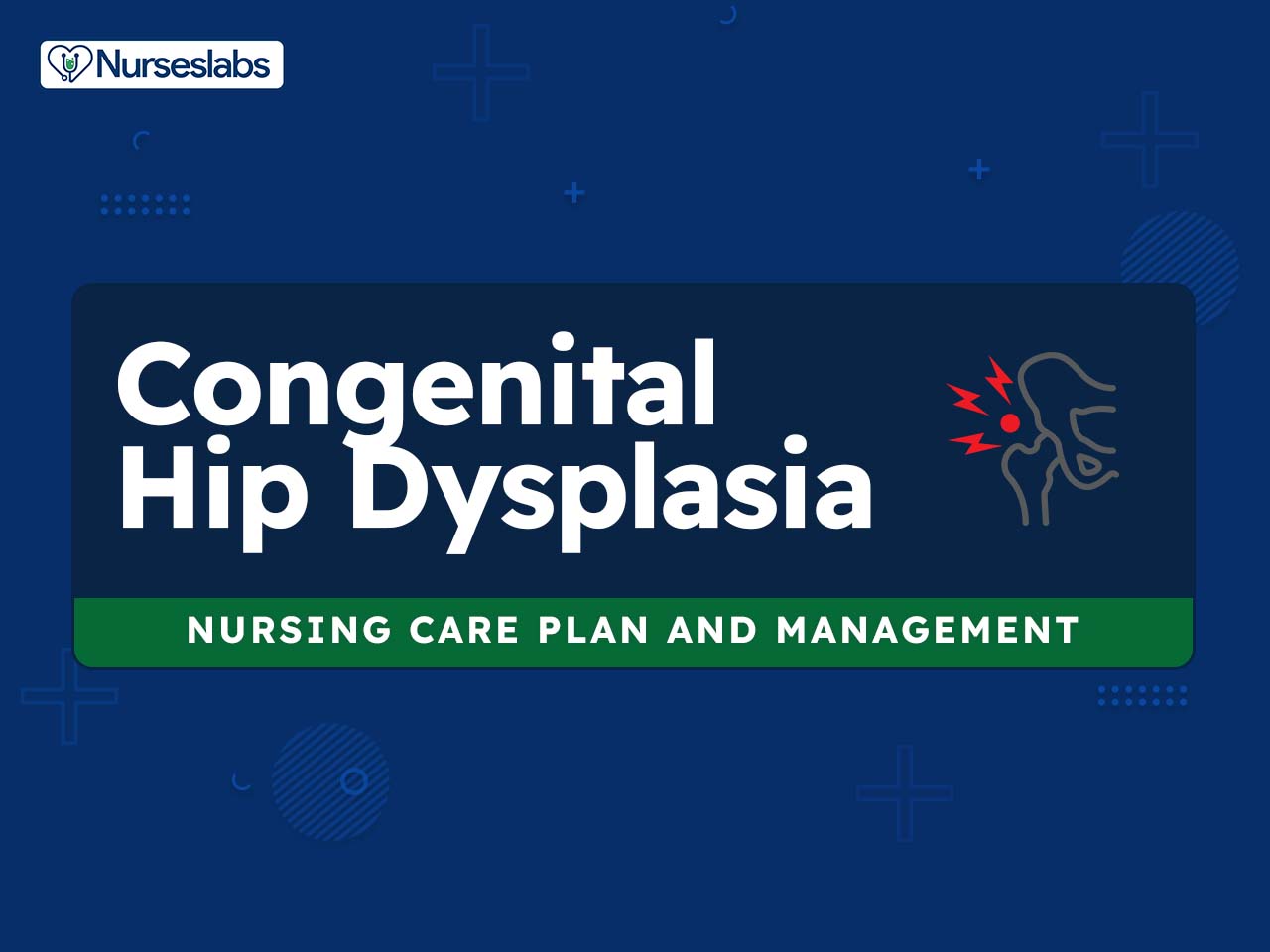


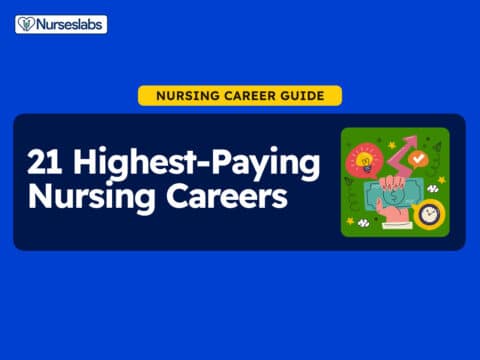
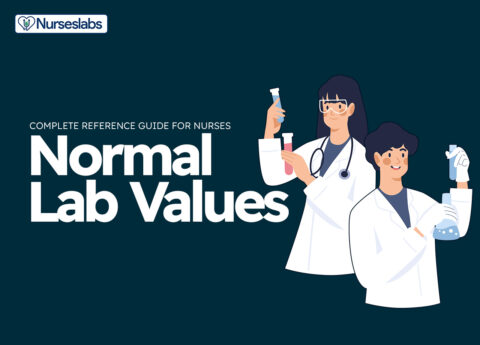





















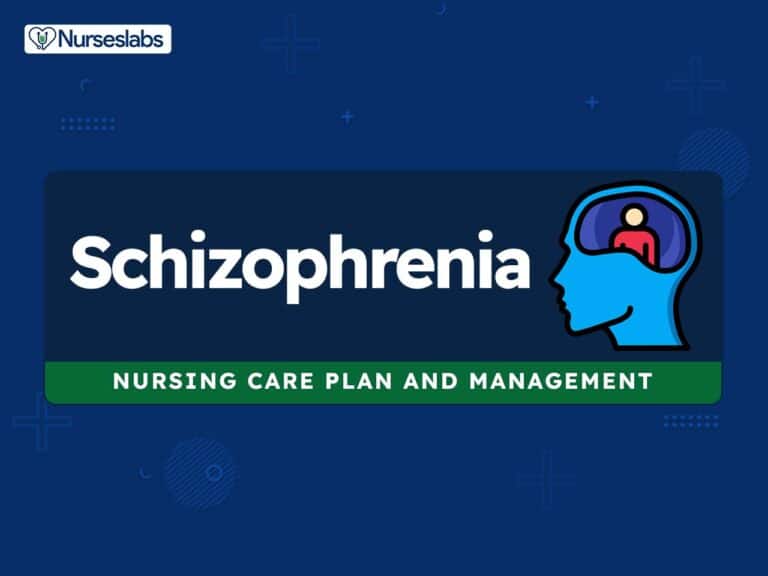
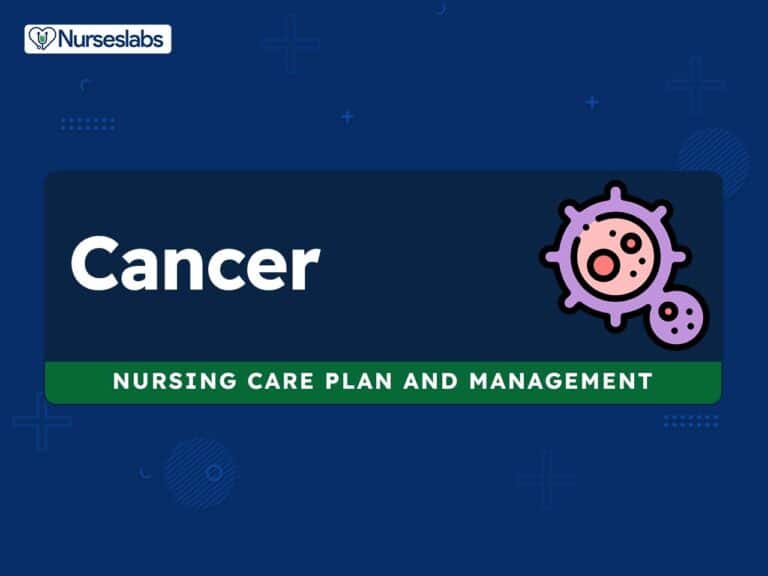
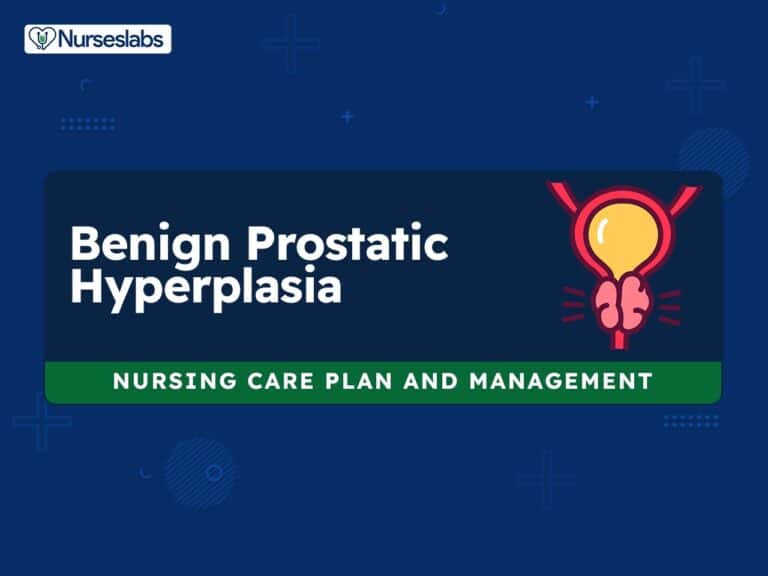

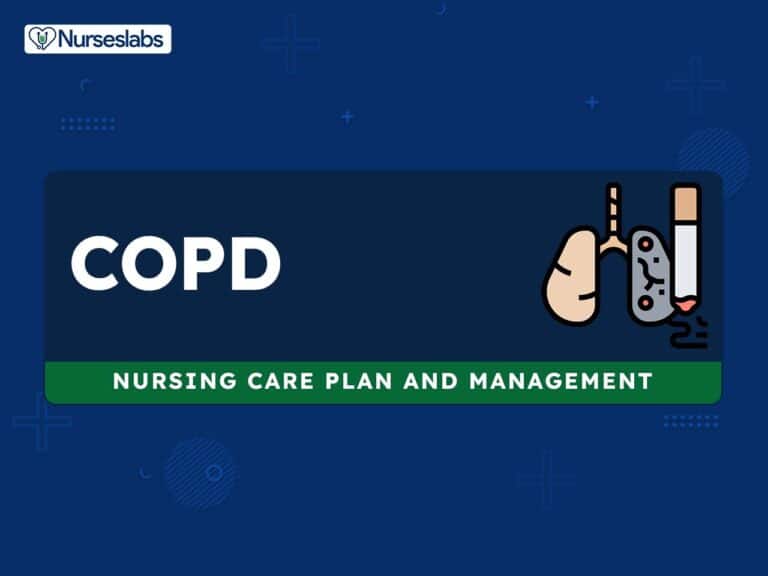

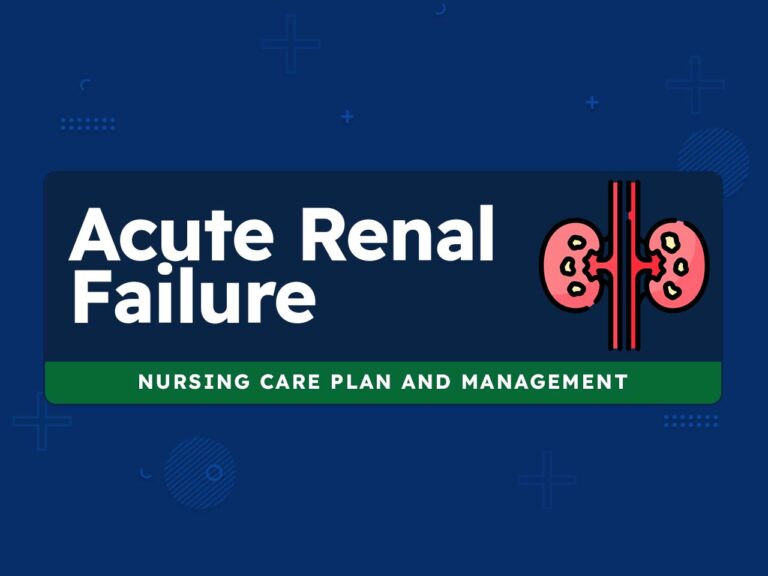
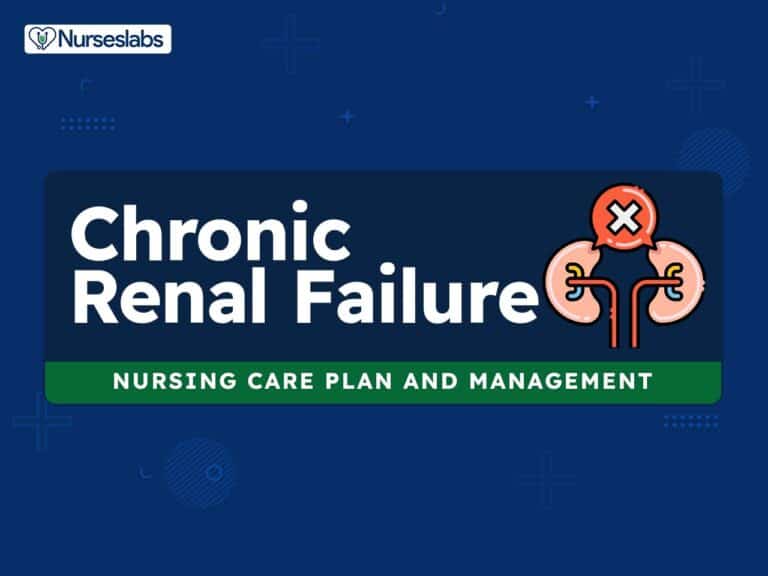
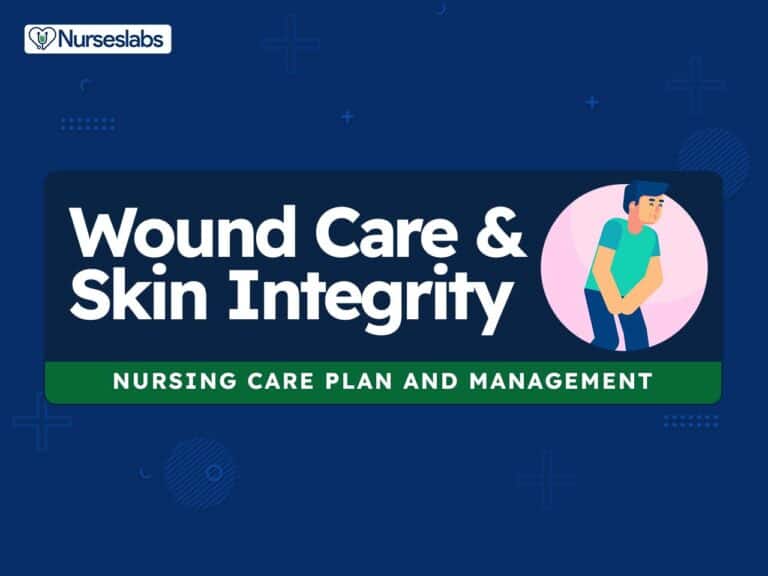

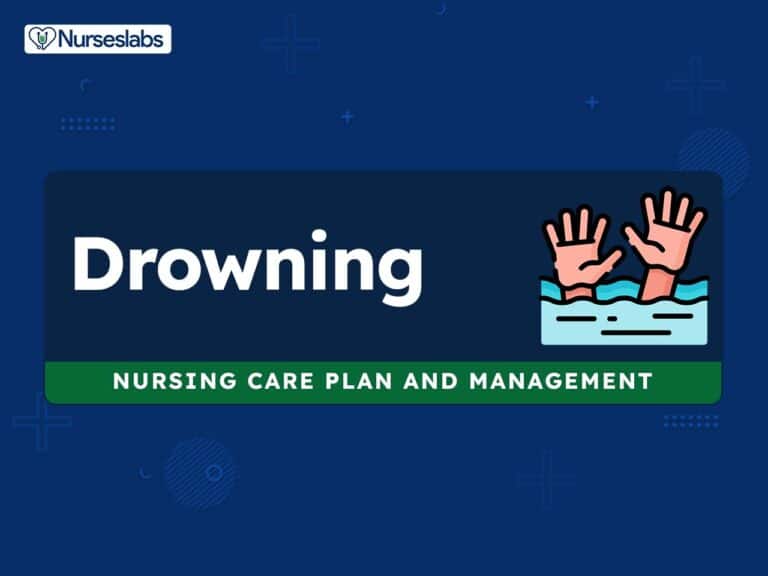
Leave a Comment